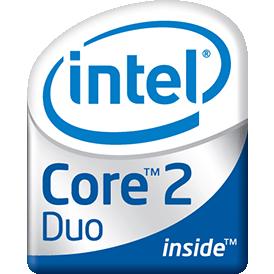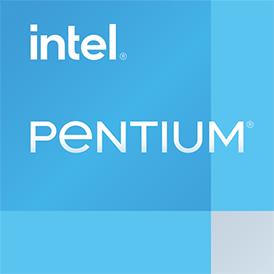 Estimated results for PassMark CPU Mark
Estimated results for PassMark CPU Mark
|
|
Intel Pentium N3710
4C 4T @ 1.6 GHz
|
1372
|
|
|
Intel Core2 Duo E4600
2C 2T @ 2.4 GHz
|
829
|
 Geekbench 5, 64bit (Multi-Core)
Geekbench 5, 64bit (Multi-Core)
|
|
Intel Pentium N3710
4C 4T @ 1.6 GHz
|
835
|
|
|
Intel Core2 Duo E4600
2C 2T @ 2.4 GHz
|
607
|
 CPU-Z Benchmark 17 (Multi-Core)
CPU-Z Benchmark 17 (Multi-Core)
|
|
Intel Core2 Duo E4600
2C 2T @ 2.4 GHz
|
385
|
|
|
Intel Pentium N3710
4C 4T @ 1.6 GHz
|
363
|
 Geekbench 5, 64bit (Single-Core)
Geekbench 5, 64bit (Single-Core)
|
|
Intel Core2 Duo E4600
2C 2T @ 2.4 GHz
|
337
|
|
|
Intel Pentium N3710
4C 4T @ 1.6 GHz
|
247
|
 iGPU - FP32 Performance (Single-precision GFLOPS)
iGPU - FP32 Performance (Single-precision GFLOPS)
|
|
Intel Pentium N3710
4C 4T @ 1.6 GHz
|
179
|

